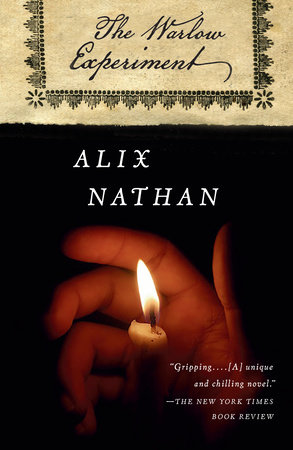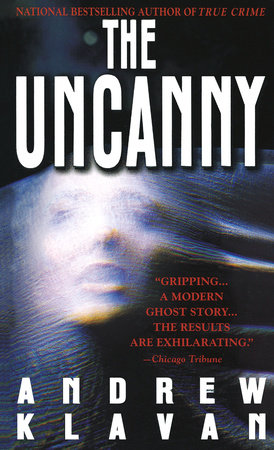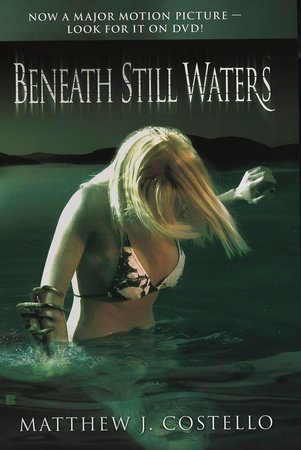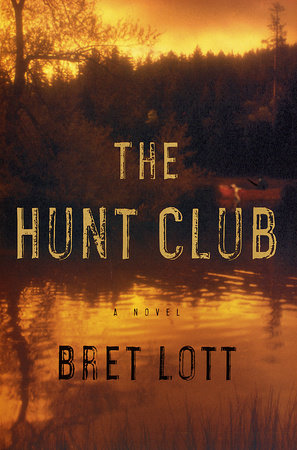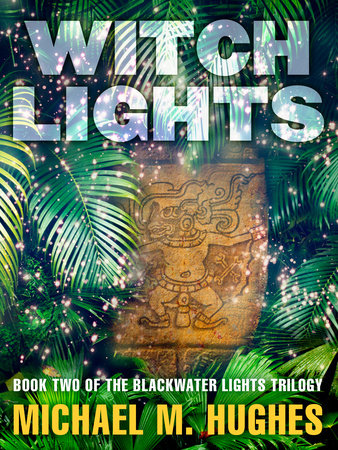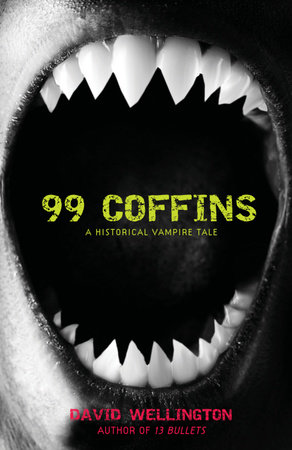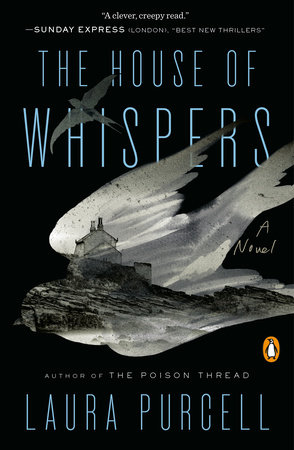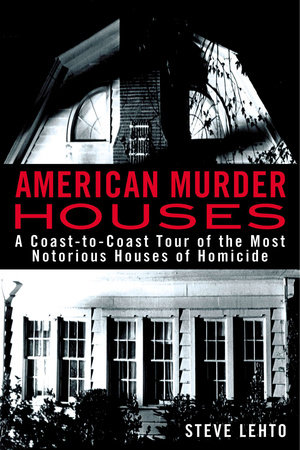Authors Discussion: Bram Stoker Award Nominee Tom Piccirilli talks with Christopher Golden
Garnering positive reviews from the likes of Publishers Weekly and Kirkus Reviews, as well as positive endorsements from noted authors, including Ramsey Campbell, Stewart O’Nan, and Graham Masterton, Tom Piccirilli’s A Choir of Ill Children is a unique blend of black humor, dark motivation, and tragic consequence.
Here Christopher Golden—himself the acclaimed author of numerous books, including The Boys Are Back in Town (Bantam Spectra, 2/04)—interviews Tom about his first Bantam Spectra release.
Christopher Golden: A Choir of Ill Children contains a hell of a cast of characters. From a fallen preacher who runs naked through the town to a self-mutilating witch to ghosts to a hard-boiled detective coming apart at the seams, you’ve created an outrageous group for us to root for.
Tom Piccirilli: Yeah, they’re all pretty strange and unique and hopefully lovable in their own ways. If any one stands out for me it might be Velma Coots, the superstitious backwoods granny witch you mentioned. She’s so certain of her weird beliefs that she’s willing to sacrifice herself, her daughter, or anybody for the greater good, even though she’s not certain what that good actually is. She’s a teacher to Thomas, his friend, his peer, but also his enemy. She spies on him, forces him to do things he hates, but she’s a fiery lady who knows the world will always be filled with questions you can’t answer.
CG: That’s a theme of the novel in itself, isn’t it?
TP: Sure. The world doesn’t always perfectly tie up. Sometimes you have to live with the fact that you got screwed over, that you didn’t get what you were after, that the cop fails to bring in the bad guy, or that a murder goes unsolved. You have to find your way through a world that isn’t always fair.
CG: In much of your work, the long-lasting effects of past mistakes, secrets, and misfortunes makes a deep impression on the present. Why is the past so horrific?
TP: I think “dramatic” is a better word. We only stand where we are now because of the journey we’ve taken up to this point—the pain we’ve suffered, the situations we’ve overcome. Regret and sorrow work on a much deeper, long-term emotional level. How we handle and deal with that kind of a burden or haunting is fascinating to me as a writer. It’s a wellspring idea, that one small mistake can cost you an incredible price for the rest of your life. It’s a predicament we can all relate to, since all of us would like to change something in the past.
CG: A Choir of Ill Children maintains several bizarre love/hate relationships between our hero Thomas’s brothers, his lover, and the superstitious folk who fear but need him. How do these contradictions augment the novel’s atmospheric and bizarre story and setting?
TP: Contradiction and conflict are the basis for all good drama, and probably humor as well. A protagonist must have an obstacle of some sort that he tries to get past, whether he’s successful or not. I liked the idea that Thomas was bound in any number of ways—to his family’s history, his town, and his own best friend who is loving but also bitterly jealous. Each of Thomas’ relationships is based on a strange defiance of a kind. His own "wife" is a woman who never speaks a word in the entire novel, and yet in many ways she’s the chorus. It’s that sort of mythic quality that I wanted to instill in all his various situations. He is very accepting of his strange world, which gives the book its flavor and its humor. For that reason alone you need opposites to interact at some level to drive up the sense of unease.
CG: You never seem to judge your characters, no matter how weird or goofy or outrageous they act. Do you prefer to disturb the readers’ notions of good and bad, the familiar and the freakish?
TP: Ambiguity is more interesting and more realistic, I feel, than clearly drawn lines between good and bad. Horrifying someone can be relatively easy—you can write about people dropped in boiling water or give graphic details of evisceration or some other ugly event. Without some emotional context, without really caring for the characters, those are just exercises in sadism. The gray area of our personalities and our sense of morality are where the disquieting and unsettling stuff really happens. It’s when something occurs that you weren’t expecting that the startling magic takes place. The biggest laughs too.
CG: You’re a New Yorker who has written, for lack of a better term, a southern gothic novel in the tradition of William Faulkner, Harry Crews, and Flannery O’Connor. There are many novels that deal with small town decadence, freaks, and family secrets. How would you say it was unique?
TP: The tone of the narrative voice is pretty different because I tried to distill "Southern sadism" as filtered through New York attitude. Thomas is a very confident man despite all the insanity and supernatural oddity that occurs around him. He’s involved and controlled but highly accepting of all of life’s magic, hauntings, murders, absolution, and heartbreak. It gives him quite an urban worldview.
It’s important for me to not just say something but to have something to say, and say it in a fashion that makes it evocative. Some writers create scenes of folks at a dinner table just shooting the breeze and eating their food and its ten pages before something vital happens in the story. I feel a driving need to condense and get beyond all that, and it’s what I find outside of it that’s always been of the highest value to me. It’s why my books are made up of provocative scenes stacked one on top of the other, because I feel the need to pressurize the macabre elements to come out with something pure and engaging.






